During Angola’s 27-year civil war, millions of families faced starvation or were forced to flee their homes. When the fighting ended in 2002, landmines and explosives littered fields, villages and towns, killing and injuring thousands. We have been clearing landmines in Angola since 1994, but our work is far from finished. Children like Manuel are still suffering the consequences of a war that ended before they were born.
OUR WORK

Clearing landmines & explosives

Teaching people how to stay safe

Managing weapons & ammunition
Since 1994 we have destroyed almost 100,000 landmines in Angola. Initially we focused on removing landmines in regional capitals and towns, such as Huambo, which Princess Diana visited in 1997 and is now a thriving city.
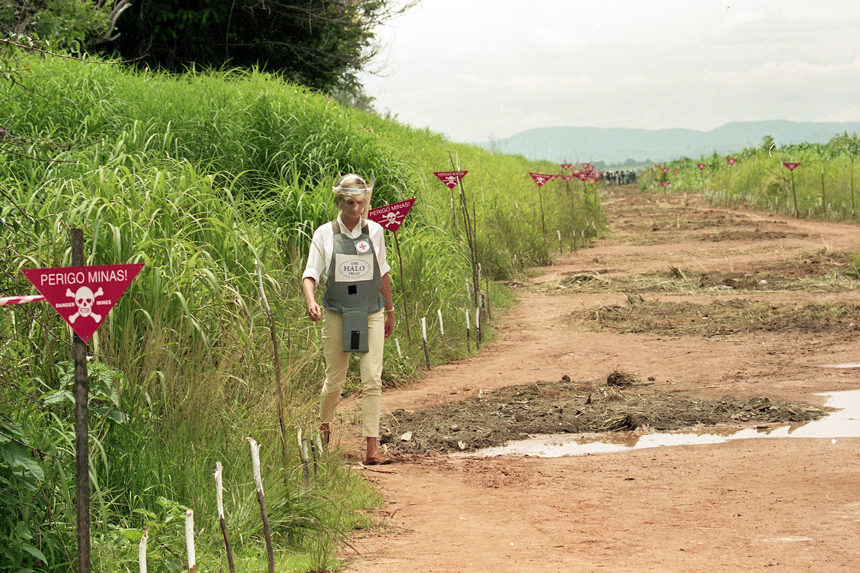
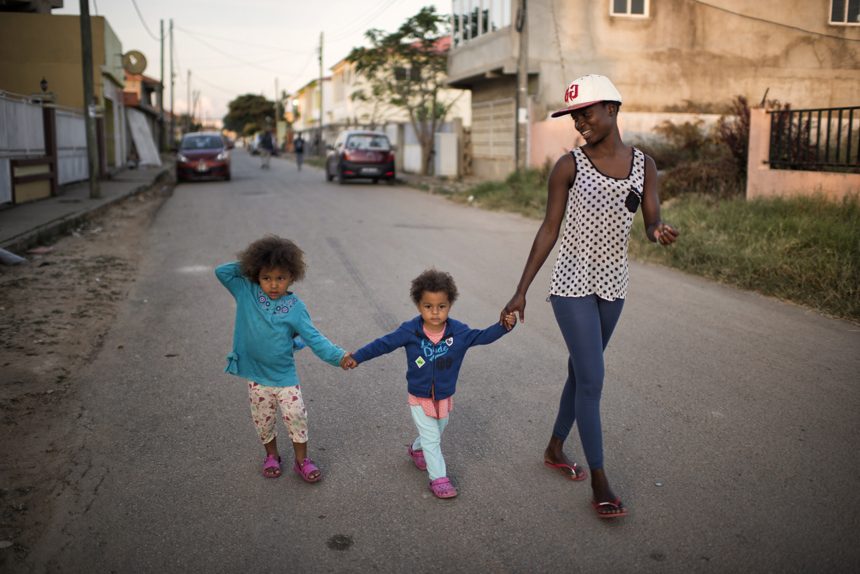
Today, our work is focused in rural areas, clearing landmines that have plagued communities for over 30 years. Safe land allows access to vital resources like water. Minefields can become fields of crops, houses can be built and livestock grazed without fear of accidents.
In 2020, a unique project in partnership with the Angolan government began with the aim to clear landmines in the Okavango headwaters—a World Heritage Site, which forms part of the five-country Kavango-Zambezi Trans Frontier Conservation Area (KAZA). Here, landmines make it almost impossible to conserve and protect the habitat and wildlife poaching is rife. By clearing the mines, we can lay the foundations for conservation-led development, allowing wildlife and local people to thrive.
In partnership with the Angolan police and military, we have also destroyed thousands of unwanted weapons and tons of ammunition, reducing the risk of armed violence or unplanned explosions. Finally, we keep people safe by teaching risk education—preventing devastating accidents like Manuel’s until we can remove all the landmines and explosives for good.

OUR IMPACT
HALO currently employs over 1400 local men and women in Angola. Since the inception of the Women in Demining in Angola project in 2017, HALO has trained all-female teams to clear the landmines, empowering women like Suzana with skills, income and status, whilst making a safer future for their country. Women now make up 45 per cent of HALO Angola’s workforce - over 600 women.
Stories from Angola
Get Involved
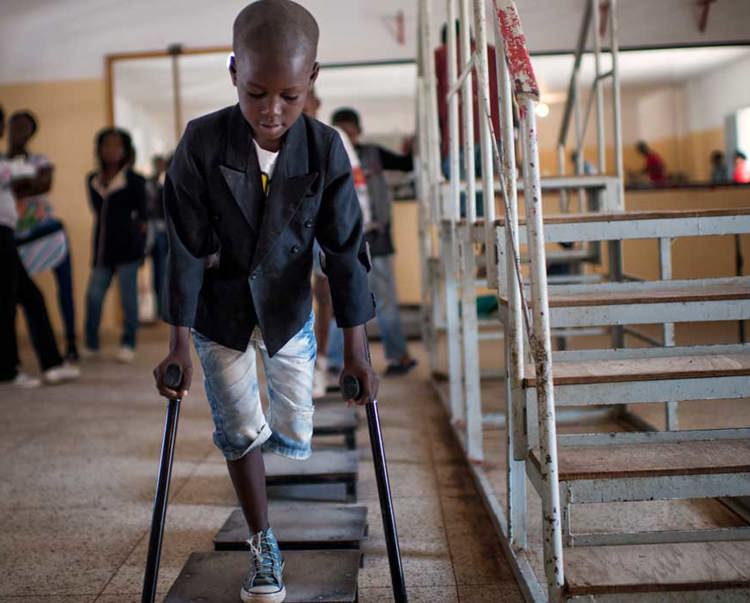
Clear a landmine, save a life
With your support, land can be made safe and lives transformed
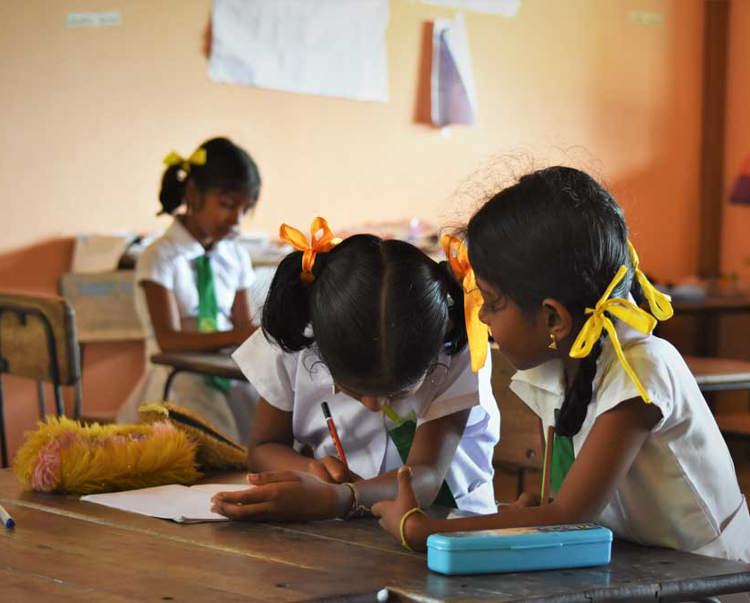
Sign up to our newsletter
Be first to hear inspirational stories and all the latest HALO news and events
Meet Our Team in Angola
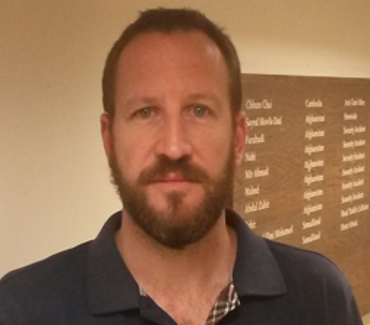
Chris Pym
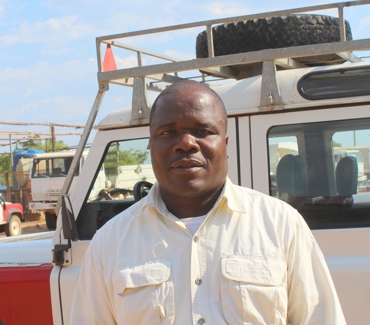
José António (Toni)
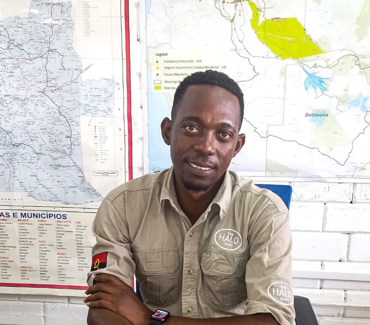
Gabriel Nungolo
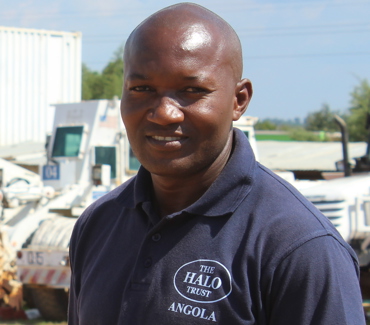
Aurelio José Chucúlia
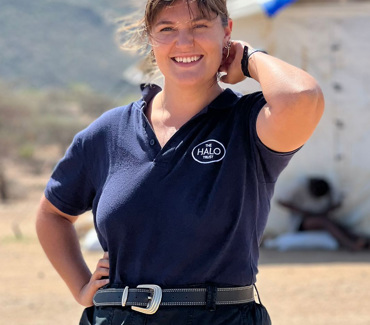
Rebecca Wicks
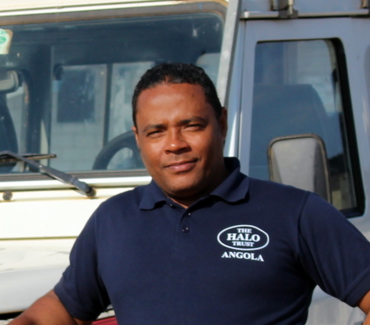
Valdemar Gonçalves Fernandes

Ramadane João
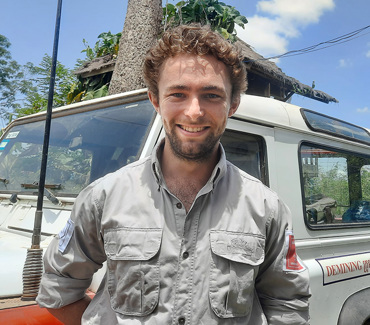
Harry Wells

Claire Lovelace
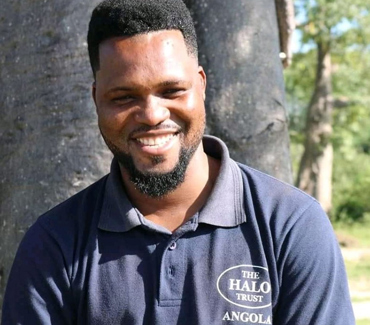
Eugénio Ngola Malengue
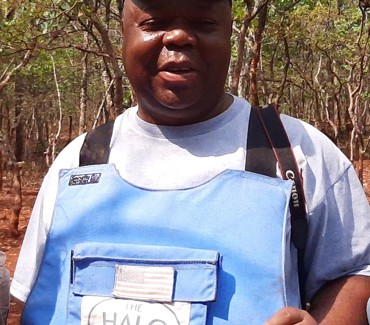
João Henrique Baptista
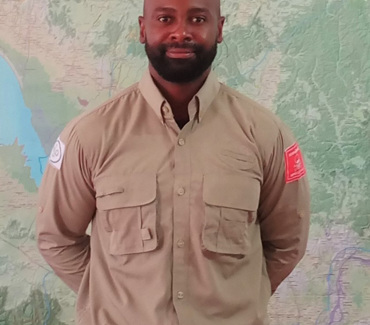
Craig Guwuriro

Sian McGee
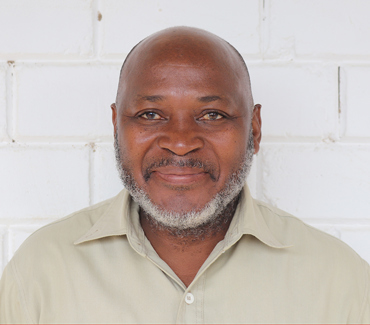
Avelino Papel Ulundo
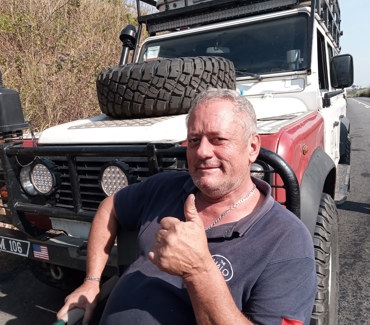
Jacobus Kruger






















